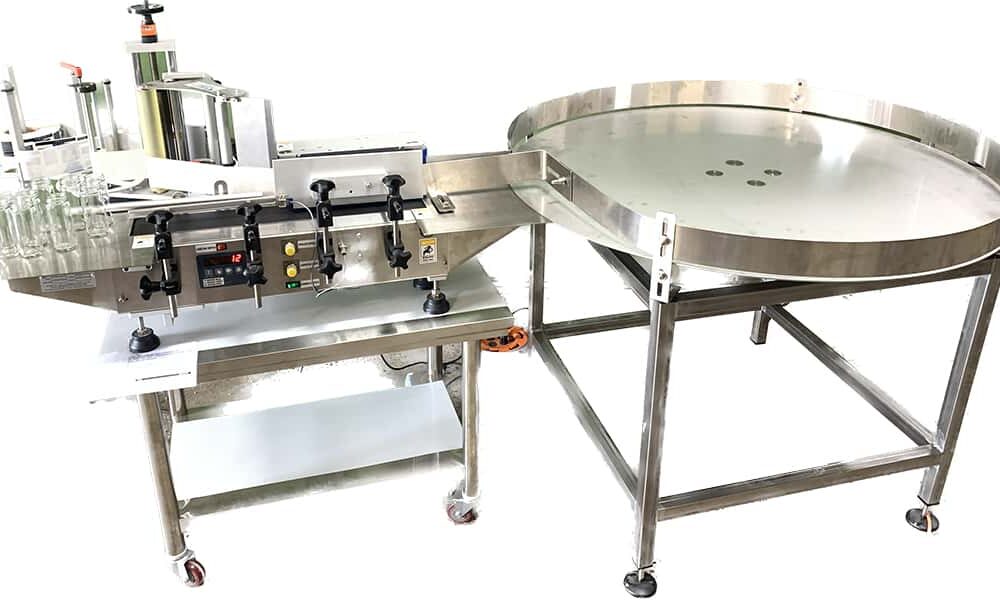Reducing Downtime with Smart Wrap Around Labeler Maintenance Practices

Efficiency is the way of life in dynamic manufacturing firms. In those areas where operations are based heavily on uniform labeling- food/beverage, pharmaceutical, and cosmetic industries- any unscheduled downtime is capable of large amounts of delays, missed deadlines, and lost income. The machine that wraps around labeler is a significant component of this jigsaw since it has been used to place labels in cylindrical containers. It does not only need regular inspections but rather intelligent proactive maintenance standards. This is what you can do to minimize the downtimes and ensure that your wrap around labeler is in its best shape.
Use Planned Correctional Maintenance
Preparation of preventive maintenance schedule is one of the best options to prevent unforeseen failures. This is through proper servicing and checking of wrap around labeler after every specific time interval or on a basis of run hours or quantity produced. It should be the routine of carrying out tasks like cleaning the label dispensing rollers, lubricating the moving parts and ensuring the calibration of this sensor, as well as ensuring belts and drives. Adherence to a maintenance schedule will identify any minor problem before it can develop to a major downfall thereby providing an easier and more extended use of the machine.
Train Operators and Staff All Sided
The operators are your main watchdog in terms of machine reliability. Proper investing in training guarantees that they will not only learn how to operate the wrap around labeler as effectively and quickly as possible but also learn how to notice the signs of wear or malfunctioning before it is too late. Possibly experienced workers will be able to set the tension, straighten the labels and clear jam without calling a technician and thus downtime will be less. Also, training of operators on cleaning actions every day avoids accumulation to block the sensors or labeling pastes.
Maintain ready stocks of Spare Parts
Waiting several days in order to get a replacement part can be expensive when an important part breaks down. Do not require excessive down-time by stocking spare parts of high wear or mission-critical parts of your wrap around labeler. Standard spares are belts, rollers, sensors and drive motors. By having these available, it can be changed immediately and make sure the machine can be back online in a few short moments. Check the labeler reference manufacturer or service provider to fetch the most important parts to back-up.
Keep Up With Performance and Alerting
Smart diagnostics, performance monitoring and digital control are some of the features that are likely to be found on modern wrap around labelers. Make these tools work to your favor. Configure alerts to typical errors like low label stock, jammed feed rollers or improperly aligned sensors. With real-time tracking of performance data, the maintenance crews can respond in real-time by scheduling repairs to be performed prior to a minor malfunction triggering a complete stoppage of an entire line.
Carry out End-of-Shift Checks
It is as important to carry out a daily maintenance as periodic servicing. Conduct fast checks and cleaning at the end of each shift of production. Is there adhesive build up or worn out labels on the dispenser or dust on the sensors. Allowing the wrap around labeler to be clean and prepared to the next working shift should become a standard practice used to avoid sudden complications once production resumes.
Conclusion
The cost of production downtime can be high, nonetheless, through smart maintenance your wrap around labeler can operate efficiently and reliably. Together, scheduled maintenance and the training of operators, the availability of spare parts and monitoring of performance, manufacturers can avert interruptions of work with labeling equipment and extend its life to several times a year. Dedicated care of labelers is a good investment in the world of time as money.

Source: Reducing Downtime with Smart Wrap Around Labeler Maintenance Practices



